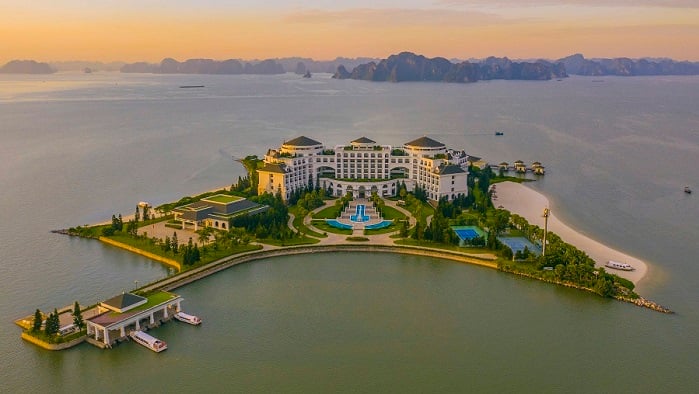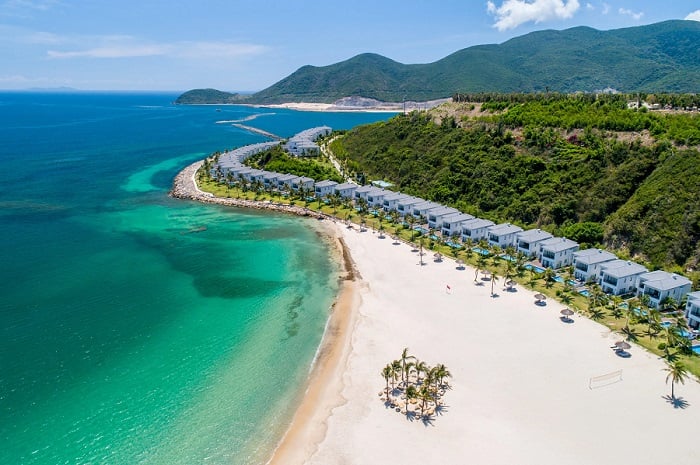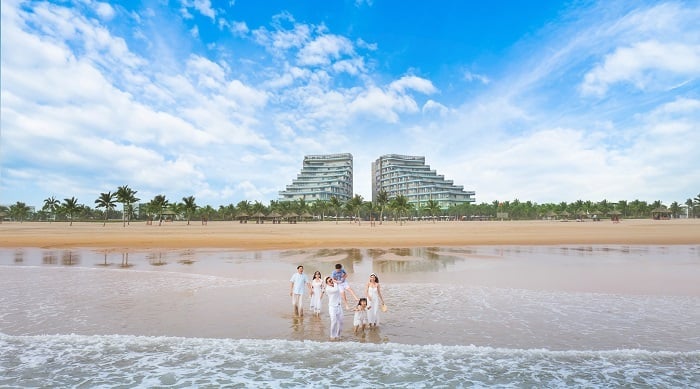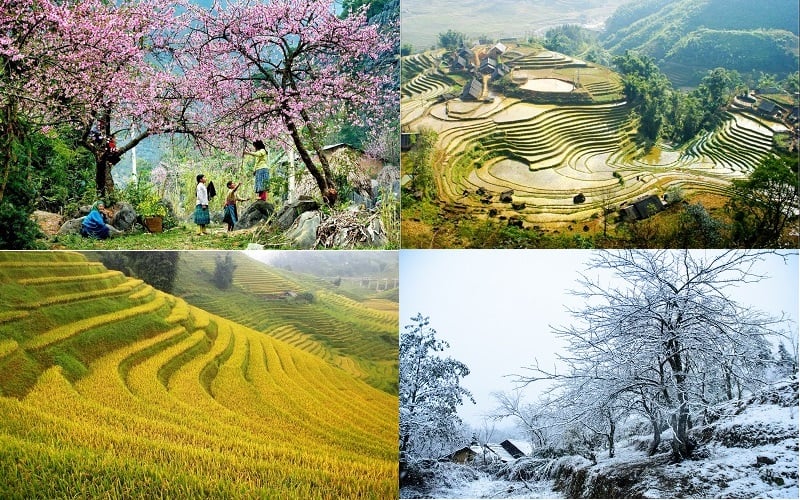
The climate in Vietnam is diverse and complex due to its unique topography and geography. To have a wonderful Vietnam travel journey, it is essential to know about the climate of each region. This article will give you all the necessary information about the climate of Vietnam in different regions, as well as the best time to visit the country's top attractions.
1. General features of the climate in Vietnam
1.1. How many climatic regions does Vietnam have?
The Vietnam climate is classified into 7 distinct zones based on topography, altitude, and latitude: Northwest, Northeast, Red River Delta, North Central (North Central Coast), South Central (South Central Coast), Central Highlands, and South (including Southeast and Mekong Delta). Each region has its own unique weather patterns and climatic conditions. Here is a brief overview of the climatic regions in Vietnam:
- Northwest
The Northwest region of Vietnam includes the provinces of Lai Chau, Son La, and Dien Bien. The climate in Vietnam’s Northwest is subtropical highland with cool temperatures year-round. Summers are warm with an average temperature of 28 degrees Celsius and occasional rain. There are also many hot, dry days caused by westerly winds. Meanwhile, winters are cold with an average temperature of 10 degrees Celsius, little drizzly rain, and frequent hoar frost. The average annual amount of sunshine hours is between 1,800 to 2,000.
The valleys in the region are sheltered from the wind, leading to a longer dry season and lower annual rainfall, which typically lasts for 4-5 months.
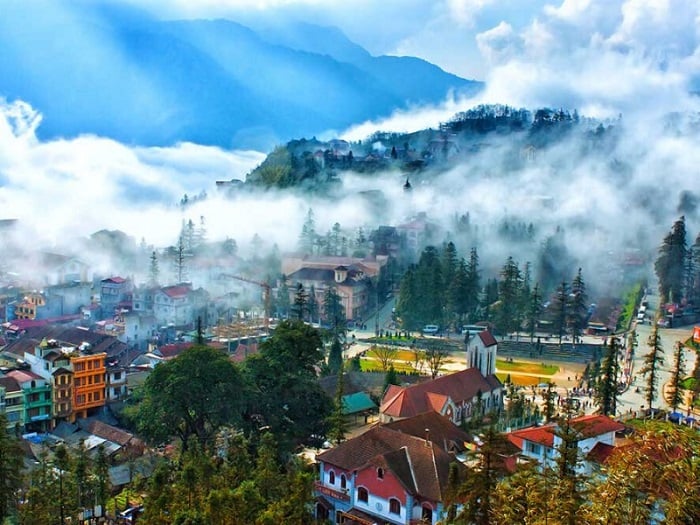
- Northeast
The Northeast region of Vietnam covers the northern and northeastern provinces, including Lao Cai, Yen Bai, Hoa Binh, Ha Giang, Tuyen Quang, Phu Tho, Cao Bang, Lang Son, Bac Kan, Thai Nguyen, and Quang Ninh. The climate in Vietnam here is strongly influenced by the northeast monsoon, which brings cold, cloudy weather with drizzle during the winter months. In the past few years, the temperature in North Vietnam in winters has dropped below 0 degrees Celsius many times.
Summers in this region are hot and rainy. It is also the rainy season, which usually lasts from May to September. Unlike the Northwest, dry weather is rare here due to a low frequency of westerly winds. Additionally, the Northeast region receives an average of 1,400 to 1,700 hours of sunshine annually.
In Hoang Lien Son mountain range, winters are especially cold with occasional snowfall and hoar frost. This mountainous area also has the highest rainfall in the country.
The Northeast region's coastal areas have an average temperature of 23 degrees Celsius, with the coldest month averaging 16 degrees Celsius and the hottest month averaging 28 degrees Celsius. These areas receive an average annual rainfall of about 1,800 mm.

- North Delta (Red River Delta)
The North Delta region includes the provinces of Phu Tho, Vinh Phuc, Bac Giang, Bac Ninh, Hanoi, Hai Phong, Hai Duong, Hung Yen, Ha Nam, Nam Dinh, Thai Binh, and Ninh Binh. The climate in Vietnam's North Delta is characterized by hot, humid summers and cold, dry winters. The average annual amount of sunshine hours is between 1,400 to 1,700.
In the coastal areas, the average yearly temperatures are around 23 degrees Celsius, with average temperatures of 16 to 17 degrees Celsius in the coldest month and 28 to 30 degrees Celsius in the hottest one. The annual rainfall is approximately 1,600 to 1,700 mm on average.
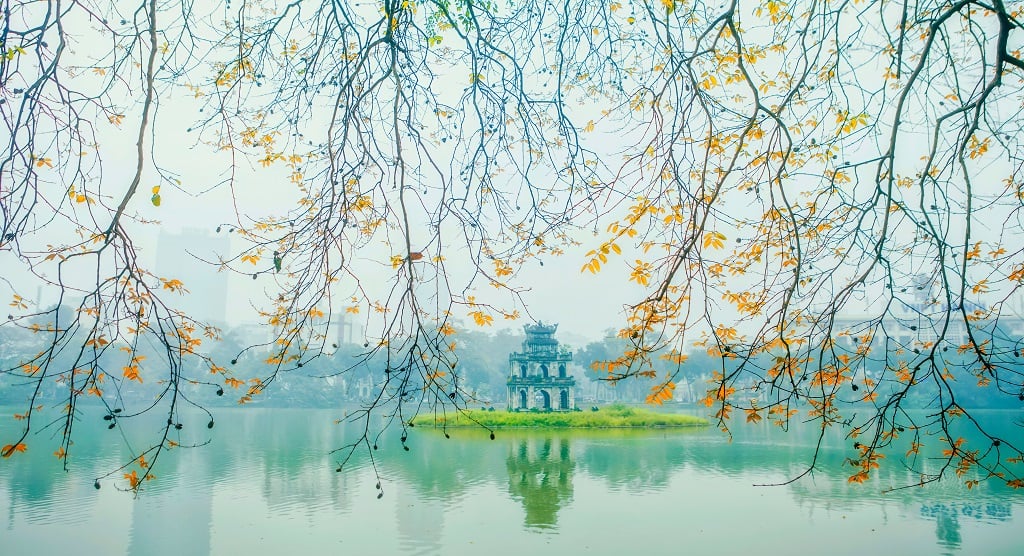
- North Central (North Central Coast)
The North Central Coast consists of the provinces of Thanh Hoa, Nghe An, Ha Tinh, Quang Binh, Quang Tri, and Thua Thien Hue. The climate in Vietnam in this region is influenced by the northeast monsoon. Winters are cold, cloudy, and frequently drizzly while summers are hot and dry, with temperatures sometimes exceeding 45 degrees Celsius due to westerly winds. The average annual temperatures here range from 24 to 25 degrees Celsius, with the coldest month averaging between 17 to 20 degrees Celsius and the hottest month between 29 to 30 degrees Celsius. The region experiences an average of 1,500 to 1,700 hours of sunshine per year.
In coastal areas, the average annual rainfall is approximately 2,000 to 2,900 mm, with the rainy season occurring in the last six months of the year, particularly in September and October.
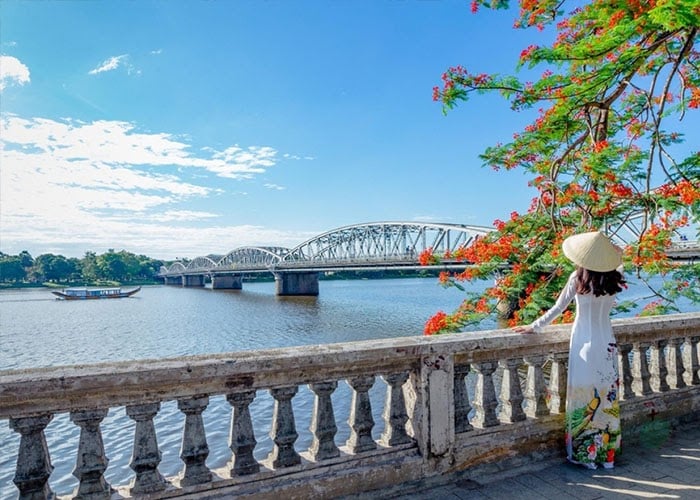
- South Central (South Central Coast)
The South Central Coast region comprises Da Nang, Quang Nam, Quang Ngai, Binh Dinh, Phu Yen, Khanh Hoa, Ninh Thuan, and Binh Thuan provinces. Winters in this region are warm and sunny, while summers are hot and dry due to the frequent westerly winds. The region has an average of 2,000 to 2,500 hours of sunshine per year.
The climate in Vietnam’s South Central is among the most pleasant throughout the country. The average annual temperatures range from 25 to 27 degrees Celsius, with the coldest month averaging between 22 to 25 degrees Celsius and the hottest month between 28 to 30 degrees Celsius. Compared to the North Central Coast, the difference in temperatures between the coldest and hottest months here is much smaller.
The rainy season typically starts in September and ends in December or January, with the northern parts (Quang Nam, Quang Ngai) receiving more rainfall than the southern parts (Ninh Thuan, Binh Thuan). While some areas in the region receive an average annual rainfall of 800 to 1,100 mm, its coastal areas can receive up to approximately 1,900 mm.
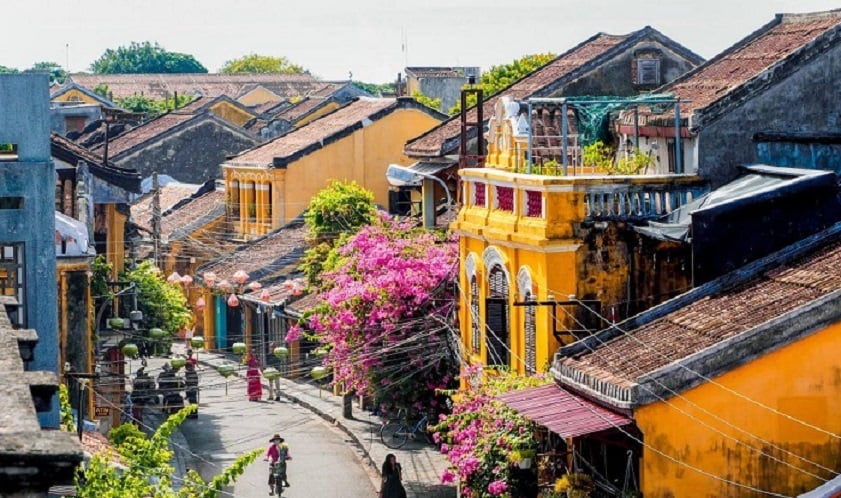
- Central Highlands
The Central Highlands (Tay Nguyen) region comprises Kon Tum, Gia Lai, Dak Lak, Dak Nong, and Lam Dong provinces. Due to its higher altitude, the temperatures in Vietnam by month here are lower than in other regions. While winters are dry, summers are characterized by high rainfall. The average annual amount of sunshine hours is around 2,000 to 2,500.
The region has an average annual temperature of 21 to 23 degrees Celsius, with temperatures during winter sometimes falling below 20 degrees Celsius. January is the coldest month, and the lowest temperatures can occasionally drop below 0 degrees Celsius. The highest temperatures in the region occur in late winter and early summer, usually during March and April.
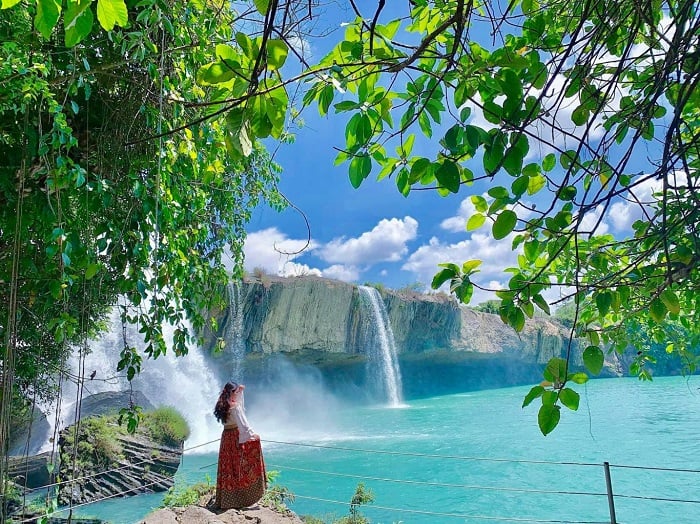
- The South
The South, which includes the Southeast and Mekong Delta regions, is strongly influenced by the southwest monsoon. The climate in Vietnam's southern region is characterized by high temperatures and sunny conditions year-round. Coastal areas have an average annual temperature of around 27 degrees Celsius, which remains fairly consistent throughout the year. There is also little difference in temperatures between the coldest and hottest months. Average annual rainfall in the coastal areas ranges from 1,500 to 2,500 mm, with the rainy season occurring between May and November. The average annual sunshine hours range from 2,400 to 3,000.
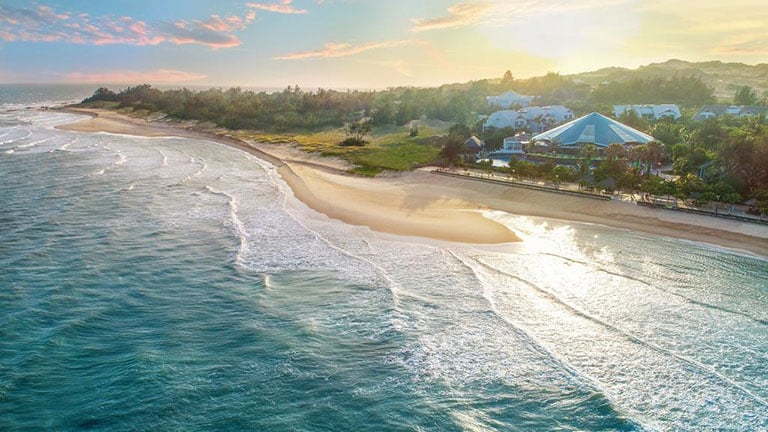
1.2. How cold does it get in Vietnam?
The Vietnam climate can vary greatly depending on the region and time of year. In the northern and central regions, temperatures can drop to as low as 10 degrees Celsius during the winter months. So what is the coldest place in Vietnam?
It is the mountainous areas of the Northwest, where the lowest temperatures can occasionally fall below 0 degrees Celsius. Meanwhile, the southern regions generally experience warm temperatures year-round, with average lows rarely dropping below 20 degrees Celsius. To ensure that you pack appropriately, you should check the weather forecast according to the specific destination and time of year.
1.3. How hot does it get in Vietnam?
The climate in Vietnam can get quite hot, especially during the summer months. The Vietnam average temperature in the summer is around 30 - 35 degrees Celsius, with some regions experiencing even hotter temperatures. In the North and Central regions, the temperature can reach up to 40 degrees Celsius during heat waves. The South is generally more humid, with average temperatures ranging from 32 - 35 degrees Celsius. If you visit Vietnam during this time, don’t forget to take precautions to stay cool and hydrated.
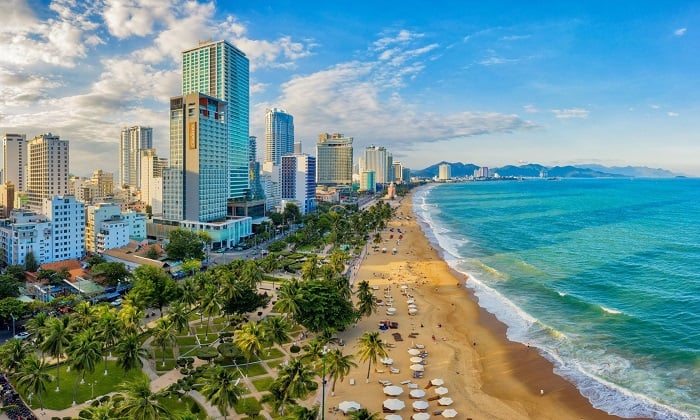
2. When is the best time to travel to Vietnam’s top destinations?
The climate in Vietnam varies by region, making it difficult to pinpoint the best time to visit the country as a whole. To help plan your trip, here are the optimal times to visit some of the most famous tourist destinations in Vietnam, including Sapa, Hanoi, Halong, Da Nang, Hoi An, Nha Trang, Phu Quoc, and Ho Chi Minh City.
2.1. Sapa
Sapa, located in Northwest Vietnam, boasts pleasant weather with cool summers and chilly winters. The average temperature is 15.4 degrees Celsius, perfect for travelers to visit all year round. Sapa has four distinct seasons (Spring, Summer, Autumn, and Winter), however, in some periods, tourists can feel the Vietnam climate of all four seasons in one day.
The best times to visit Sapa are the pouring season (from March to May) and the harvest season (from September to November). At this time, the weather is relatively stable with sunny days and cool nights. Travelers can feast their eyes on the stunning landscapes, hike to ethnic villages, and immerse in the local culture.
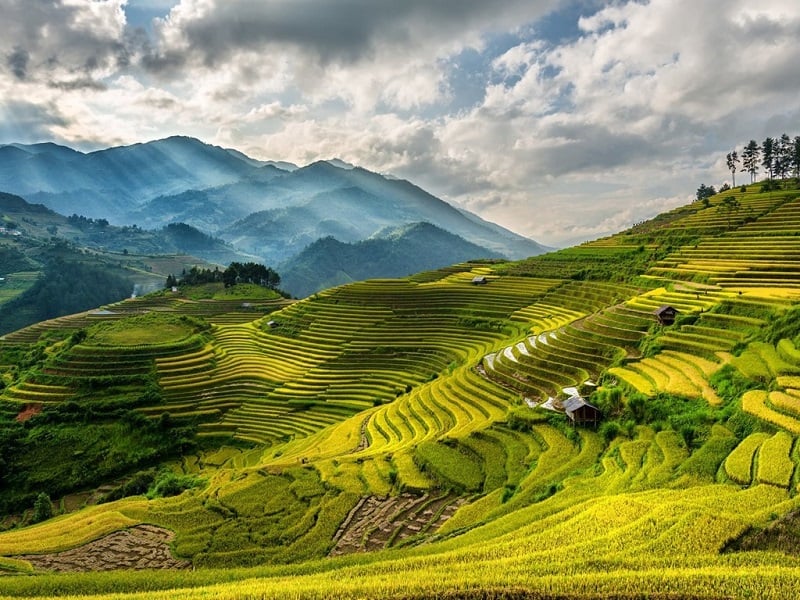
2.2. Hanoi
The capital of Hanoi experiences a subtropical climate of Vietnam with four distinct seasons. Summer, from May to August, is hot and rainy, with temperatures around 30-38 degrees Celsius, while Winter, from December to January, is cold and dry, with temperatures around 6-20 degrees Celsius. Spring, from March to April, and Autumn, from September to November, offer pleasant temperatures around 22-28 degrees Celsius.
Although Hanoi is a beautiful city at any time of year, the best time to visit is in Spring and Autumn. These transitional seasons boast milder temperatures and less rainfall, ideal for exploring cultural sites and local life. If you want to avoid the crowd, consider visiting Hanoi in Summer, which is the low season. Kindly note that frequent showers may influence your travel experience.
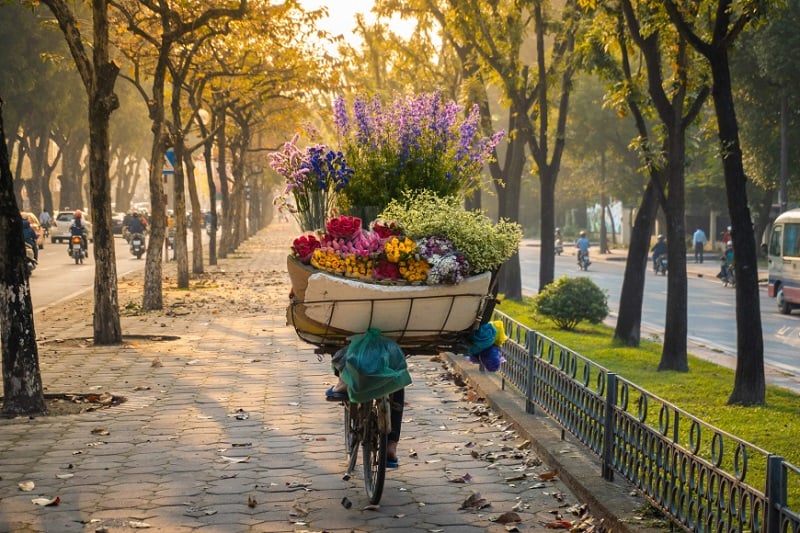
2.3. Halong (Quang Ninh)
Halong, located in the Northeast region of Vietnam, has a humid and tropical monsoon climate with four distinct seasons: spring, summer, autumn, and winter. The climate in Vietnam Halong offers a different experience for travelers in each season:
- Spring
Spring, from March to April, is one of the most beautiful times to visit Halong Bay. The weather is clear and sunny with temperatures ranging from 18 to 27 degrees Celsius, perfect for outdoor activities such as climbing, cycling, kayaking, and sightseeing. Although there may be a thin veil of fog in the morning, it will disappear as the sun rises up.
- Summer
Summer, from May to August, can be hot and humid with temperatures of 30 to 35 degrees Celsius. There may be some light rain in May and June. Overall, there is a lot of sunshine, making it perfect for swimming, kayaking, and other water activities while enjoying the stunning views of the bay. July and August are the wettest months of the year, with heavy rain and sometimes storms. To avoid delays due to unexpected storms, you should check the weather forecast before packing up.
- Autumn
Autumn, from September to October, is the peak season in Halong Bay. The weather is pleasant, with temperatures varying from 23 to 27 degrees Celsius. There may be light rain in September, but the amount of rainfall decreases significantly in October and November. The clear sky and warm water in the autumn are ideal for activities such as swimming, kayaking, cycling, rock climbing, and trekking.
- Winter
Winter, from December to February, the climate of Vietnam Halong is cold and dry, with temperatures dropping down to 13 to 20 degrees Celsius on average. There is little sunshine, frequent fog and drizzle in the morning and late afternoon, making swimming and kayaking less appealing. However, it is the perfect time for ground activities such as hiking, having a barbecue, visiting local villages, shopping at local markets, and tasting Halong delicacies.

For a pleasant stay in Ha Long, Vinpearl Resort & Spa Ha Long is a popular choice among travelers. It is situated in the heart of Reu Island, offering stunning views of the bay from large balconies. The resort also offers many amenities catering to every visitor’s need, including swimming pools, restaurants, bars, conference rooms, culinary classes, gyms, yoga, and more.
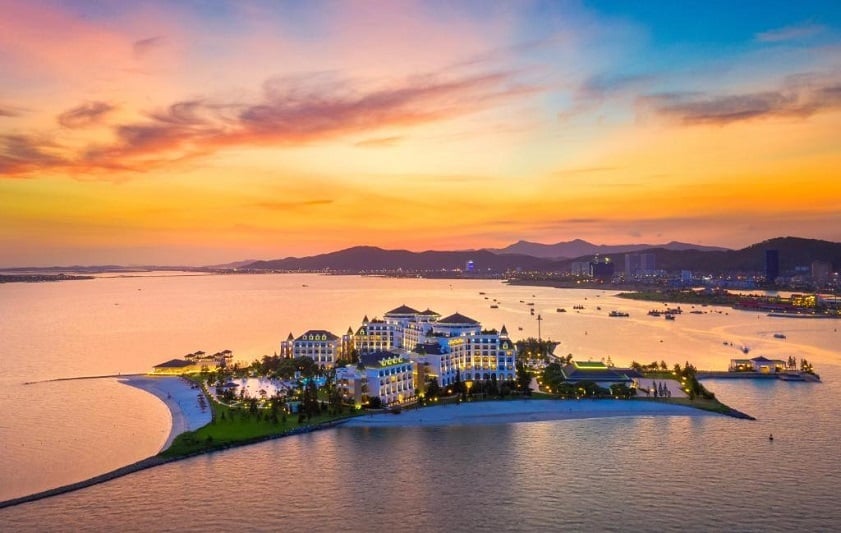
>>> Book rooms in Vinpearl Resort & Spa Ha Long to get a fulfilling experience at Halong Bay!
2.4. Da Nang
Da Nang is a vibrant tourist city that offers plenty of exciting experiences for visitors. The general climate in Vietnam Da Nang is pleasant, with an average temperature of 26 degrees Celsius. The dry season, from January to July, is perfect for outdoor activities such as swimming and water sports. The rainy season, from August to December, is ideal for indoor activities and indulging in the local cuisine.
In general, Da Nang's mild weather allows for year-round visits, so you can choose the time to come based on your preferences. When you find yourself in the city, don't miss out on its famous food streets and their must-try dishes.

2.5. Hoi An
Hoi An is a charming ancient town in Central Vietnam. It boasts warm weather throughout the year, with an average temperature of 29 degrees Celsius which is typical of tropical climates. The town experiences two distinct seasons: the rainy season (from September to January) and the dry season (from February to August).
The best time to visit Hoi An is during the dry season. At this time, the climate in Vietnam Hoi An is very pleasant with moderate temperatures, low humidity, little rain, and plenty of bright sunshine. It is the perfect season for outdoor activities and water sports, such as snorkeling, jet skiing, and sunbathing. This is also the time when fresh seafood is of the highest quality.
On the other hand, the rainy season in Hoi An is characterized by strong winds and low temperatures that can make it seem colder than it actually is. However, coming here during this time will provide a unique and unforgettable experience. After the rain, the ancient town takes on a clearer and more tranquil ambiance. Just be prepared for unpredictable rain by bringing raincoats and umbrellas during your excursion.
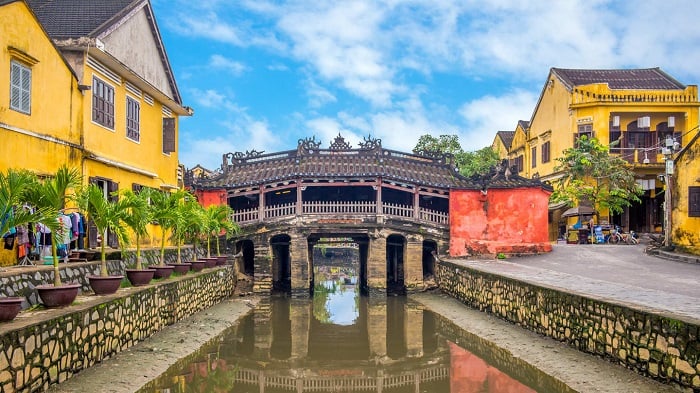
When looking for the perfect accommodation in Hoi An, many tourists opt for Vinpearl Resort & Golf Nam Hoi An. Located near the ancient town, Vinpearl Resort & Golf Nam Hoi An offers guests easy access to the city's top attractions. You can easily explore the town's history and culture, try the delicious local cuisine, and shop for handmade crafts at the famous night market. Along with a prime location, its luxurious services and modern facilities will promisingly bring you the best accommodation experience during your stay.

>>> Book rooms in Vinpearl Resort & Golf Nam Hoi An as soon as possible to get the best experience on your upcoming trip!
2.6. Nha Trang
Nha Trang, a stunning coastal city situated in the province of Khanh Hoa, draws in travelers from around the world to discover its beauty year-round. Located adjacent to the sea, the climate in Vietnam Nha Trang is mild and pleasant throughout the year.
Summer, from April to June, is the most popular time to visit Nha Trang. The hot weather makes it perfect for soaking in the cool seawater. However, if you want to enjoy pleasant weather in Nha Trang, the best time to come is from July to September. During this time, the city receives less sunshine with almost no rain, making it ideal for a variety of seaside activities.
If you want to optimize your budget, consider traveling to Nha Trang in October, November, or December, which is the off-peak season. Just be noted that heavy rainfall can be expected during these months, so make sure to check the weather forecast before planning your trip.
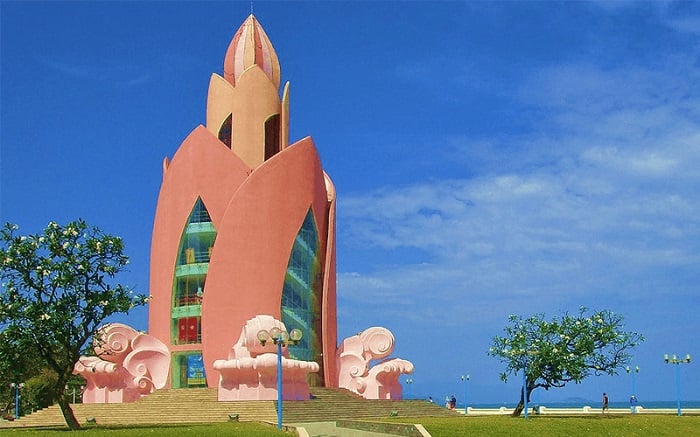
For a truly unforgettable Nha Trang experience, it is recommended that you stay at Vinpearl Nha Trang. This luxurious hotel and resort system offers a large number of 5-star rooms with breathtaking views. You can also take advantage of their top-notch facilities, such as spas, gyms, bars, swimming pools, and luxury restaurants.

>>> Book rooms in Vinpearl Nha Trang to experience the comfortable climate of Vietnam!
2.7. Phu Quoc
Phu Quoc is a stunning island that boasts gorgeous beaches and landscapes. The island has two distinct seasons: the dry season and the rainy season.
The dry season, which lasts from November to April, is considered the best time to explore Phu Quoc and partake in various tourist activities. Meanwhile, the rainy season from May to October is still a good time to come since it is the off-peak season, and you can score great deals on accommodation.
Overall, the climate in Vietnam Phu Quoc is pleasant throughout the year, with average temperatures of around 27.7 degrees Celsius. Therefore, no matter when you visit, you can still enjoy the charm of this island.

Since Phu Quoc is a popular tourist destination, it can be challenging to book suitable accommodation at a reasonable price. Therefore, it is best to book your stay in advance. Among many accommodation options available, Vinpearl Phu Quoc is an excellent choice for travelers. With a prime location at Long Beach, it offers high-end services and luxurious rooms that will cater to your every need, ensuring a perfect vacation regardless of the weather. The all-inclusive amenities include restaurants, bars, swimming pools, conference rooms, gyms, yoga, and much more.

>>> Book rooms in Vinpearl Phu Quoc to experience the charm of the pearl island!
2.8. Ho Chi Minh City
Ho Chi Minh City experiences the tropical monsoon climate of Vietnam, characterized by two distinct seasons. The rainy season, from May to November, brings high rainfall and humidity. The dry season, from December to April, offers high temperatures of around 33 degrees Celsius and lower rainfall.
Travelers can visit Ho Chi Minh City at any time of year thanks to its pleasant climate, which is convenient for many exciting activities such as sightseeing, wandering local markets, visiting historical sites, savoring street foods, etc. For the best travel experiences, you can consider traveling from December to March.
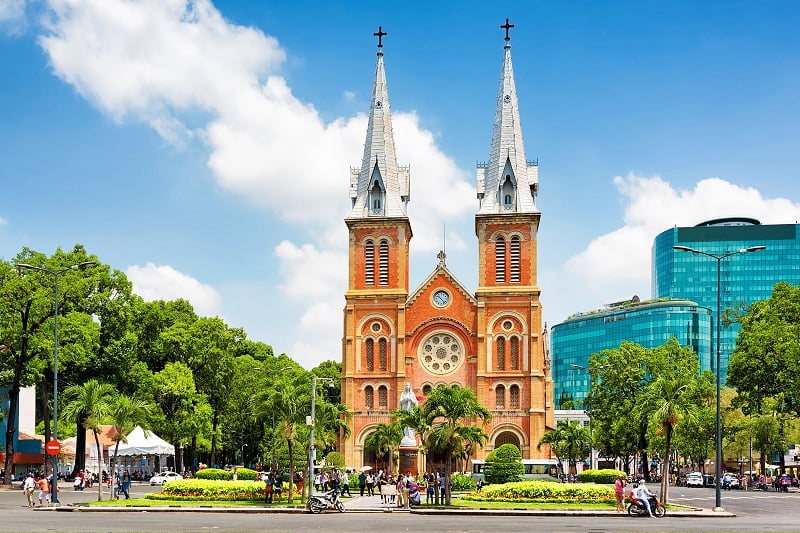
With diverse topography, the climate in Vietnam varies significantly from one region to another. This means that each region has its own unique charm and highlights, making it a year-round destination. So, pack your bags, and get ready to experience the vibrant culture and natural beauty of Vietnam, no matter when you choose to visit!
>>> Book rooms in Vinpearl Phu Quoc, Vinpearl Nha Trang, Vinpearl Resort & Golf Nam Hoi An, Vinpearl Resort & Spa Ha Long to enjoy a comfortable stay during your trip in Vietnam!


